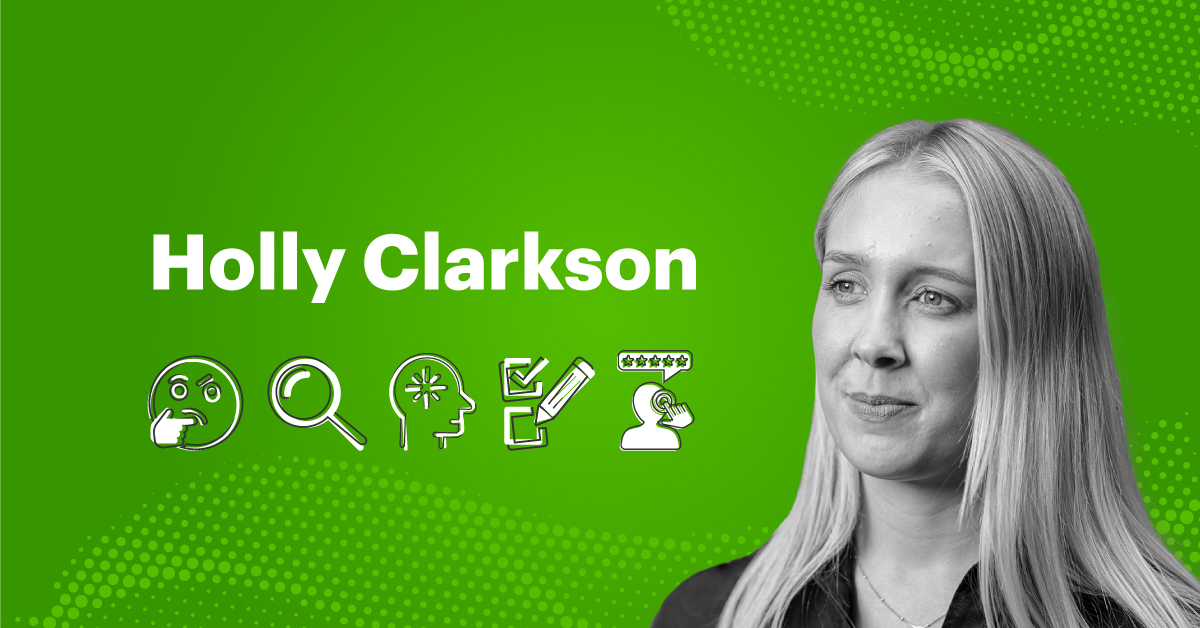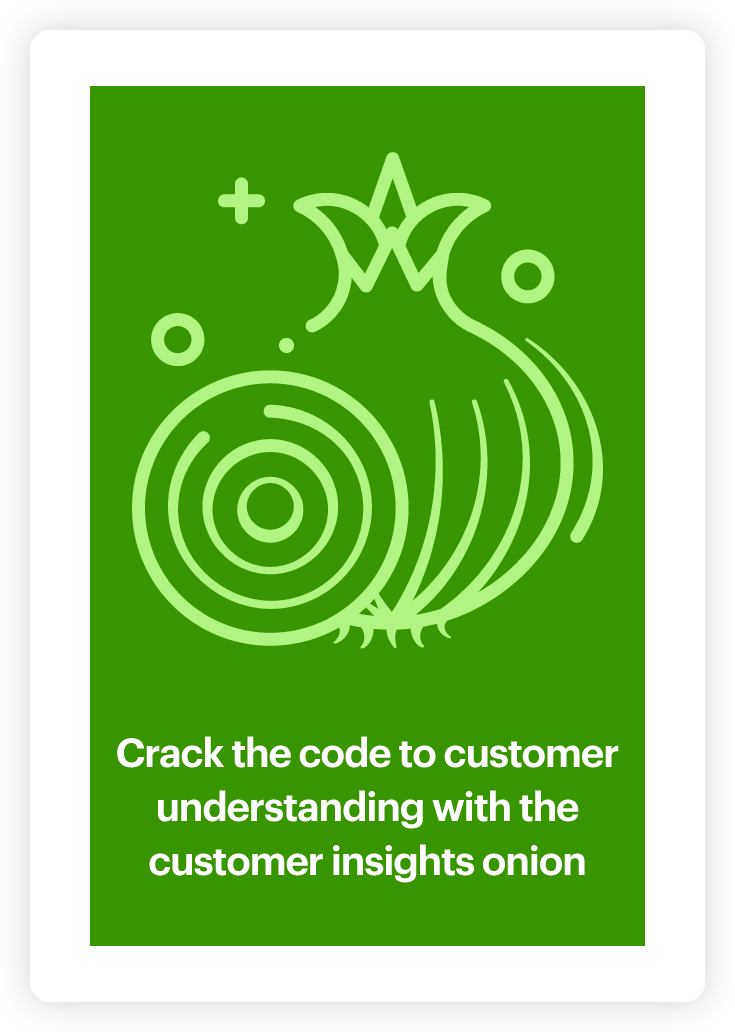How do you generate customer insights? – A professional’s guide

Every business’s dream? Getting inside the heads of customers, understanding their likes, dislikes, needs, preferences, wants and behavioral patterns. Wondering how your businesses can do just that? The answer lies in developing a robust approach to customer insights!
When it comes to collecting customer data and feedback and generating actionable customer insights, however, many insights professionals are left with more questions than answers. This is why we sat down with Relative Insight’s Senior Customer Success Manager Holly Clarkson who’s at the forefront when it comes to providing consumer insights to our customers here at Relative Insight.
First things first, tell us what exactly does your job entail?
I head up one of our professional service teams at Relative Insight, whereby we function as an extension of our customers’ insights department to help them generate actionable insights from their text data. We handle managed service projects, which basically means we provide expert support on research projects from start to finish and are experts in text analytics.
What data sources do you find most insightful for generating customer insights?
I really like working with survey data. Surveys allow businesses to ask customers targeted questions, finding out exactly what they want to know, while being able to easily record respondent demographics such as location, age, race, and more. What’s more, you can combine closed questions (e.g. yes/no or rating scales) with open-ended questions that help you pinpoint the drivers of customers’ selections. My background is more traditional market research, so I see real value in survey data but also sympathize with how long it manually takes to theme all the open responses! Review data is also super insightful as consumers usually go into much more detail on these sites.
Can you describe your process for generating consumer insights – from data upload to sharing with stakeholders?
Once text data has been uploaded to the platform, we slice it in multiple ways and build comparisons to help develop 360° understandings of the topic or customer base. For example, we might take a customer satisfaction survey and segment it by time period or demographic attribute to help us understand how things are changing over time or how different audience groups perceive a brand.
From here, we can jump into each comparison and explore the topics, grammar, phrases and emotions that are surfacing. As we find things that stand out as potentially interesting, we group them into insight cards that represent the key themes we find in the data. Where one finding supports another, we group them together. This is tremendously helpful in identifying the key themes and building the all important narrative for our stakeholders.
After we’ve analyzed the data and pulled together a narrative to answer the business questions, we schedule a “playback” with the customer. Playbacks are essential because they bridge the divide between the world of an insights professional and the everyday experience of stakeholders who are at the front lines.
How do you present consumer insights to your stakeholders?
We like to join up the dots, create a narrative and provide actionable considerations to customers. A narrative is important because it allows us to hone in on the real world applicability of the customer insights being uncovered. This takes practice and communication with stakeholders to really understand the crux of the challenges they face and how insights can support them.
What’s one thing that you wish you knew when you first started working in customer insights?
The most common words and phrases aren’t always the most insightful, so traditional word frequency analysis (e.g. word clouds) tends to surface obvious findings. In other words this type of analysis fails to capture the context and nuance around what customers are saying. When looking at retailer surveys for example, you can expect words such as ‘store’, ‘check out’ and ‘shopping’ to appear most frequently. However, since these words represent the general vocabulary of going shopping, they aren’t particularly insightful.
Relative Insight’s comparative approach tackles this problem head on by surfacing statistically significant differences between data sets that reveal the most insightful elements of the text. This helps you showcase the differences between customer segments or changes over time, allowing you to dive deeper into your data. A common example of this approach in practice is comparing customer feedback from different geographic markets or bad vs. good reviews.
This isn’t your first job in customer insights, can you tell us how Relative Insight has made your process easier?
Manually theming open-ended responses, or qualitative data in general, can take a lot of time and energy. It’s also subjective and biased since the analyst is so close to the data. This used to be a big pain point for me when tasked with analyzing surveys (nobody wants that job!). Relative Insight greatly reduces the time it takes to extract insights – this is especially important given the mounting pressure on researchers and insight teams to provide near real-time insights to businesses.
Customer insights in a nutshell
So how do you generate customer insights? Thanks to our insights specialist Holly, here are our top three tips for generating valuable, actionable consumer insights:
1) Seek out good data (particularly surveys and reviews) that provides you with open-end responses and associated demographic or behavioral attributes.
2) Choose a customer insights platform that will eliminate the most time-consuming part of the analysis process and produce more objective insights than human-led analysis
3) Invest time in crafting a narrative to show stakeholders how insights can be applied in the real world.
Curious to find out more about how customer insights are used by marketing, research and insights teams? Download our customer insights framework or book a no-commitment discovery call to learn more!
